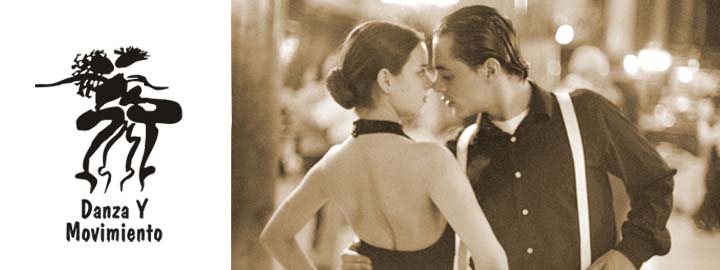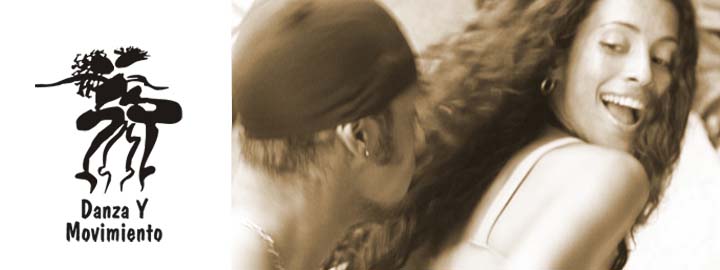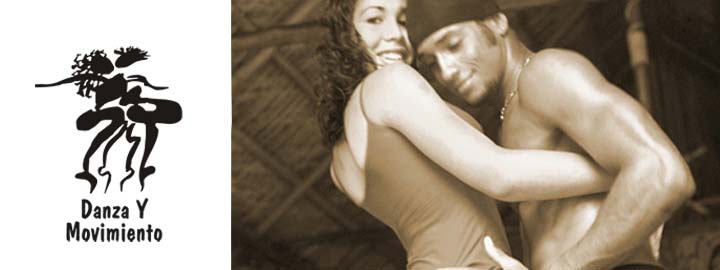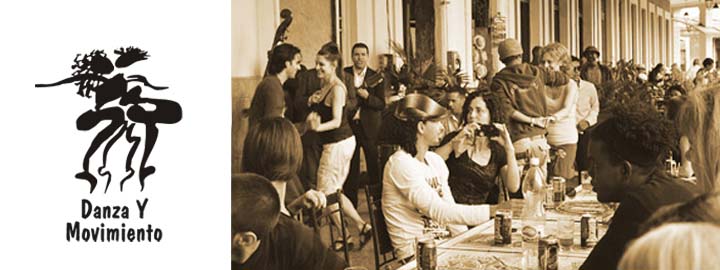During the 1990s, the Salsa-Boom reached Spain first and then the rest of Europe - a long time before the »Buena Vista Social Club« appeared. Still, that CD and the movie by Wim Wenders afterwards gave the Latin American music in Germany an incredible impulse.
Suddenly, Cuban musicians, who had never left their island before, turned up in all European charts! Throughout the whole of Europe the number of »Salsa-Aficionados« - often called »Salsaholics« - grew and it is still growing. And this fervour does not seem to end. For those who have seen »Dirty Dancing«, the music and the dance might appear quite similar to mambo. This is no mere coincidence: Salsa (Spanish, meaning »sauce«) developed in the USA out of different Latin rhythms and dances - including the mambo.
This development began thanks to the many Latinos living in the United States, especially those originating from the Caribbean (Cuba, Puerto Rico, Colombia, Venezuela etc.) They mixed sounds and dances of their countries and added some new elements, and by this means they created a really tasty new »sauce«. Salsa is an extremely vivid kind of music, which continues progressing. After inventions like Salsa Rap, Techno Merengue and Latin Hip Hop there are tendencies to get back to the roots, to the Cuban Son and the »Salsa gorda« of the initial phase.
El Barrio, New York's Latin quarter, is considered the birthplace of Salsa. Artists like Tito Puente and Celia Cruz initiated the world wide triumph of Latin music from there - and they also pushed open many doors for Salsa.
-> Read more...
In the late sixties and early seventies, artists such as Joe Cuba, Willie Colón, Rubén Blades, Ricardo Ray and Eddie Palmieri started to accept the rather commercial term »Salsa« in order to describe their music concept. Many still do not - like Tito Puente (»Salsa means sauce but everyone likes calling the mambo by that name«).
Those of us who discovered Salsa only recently might be surprised by the fact that Salsa used to be a deeply committed genre with a strong social and political interest. In fact, the lyrics of most Salsa hits today are dominated by schmaltzy love themes. Willie Colón and Rubén Blades are two of the few artists who still write critical songs. The topics they used to write in the beginning mainly dealt with problems the people of the barrios all over Latin America had to cope with: social struggle, discrimination, financial needs and dreariness. »Pedro Navaja« is one of the most famous examples, and although it became a hit already in 1978, it can still be considered a type of Latin hymn, and almost every Latino (and even some European Salseros) know it by heart. So it is not surprising at all that many lovers of this »good old salsa« treat the most recent productions with contempt. The culmination of this development towards kitschy lyrics and simple arrangements is called »Salsa Romántica« and »Salsa Erótica«. Still, more down-to-earth sounds like »Salsa Gorda«, »Salsa Dura«, Pachanga and Son are quite popular on the dance floors as well. However, any kind of Salsa can be fun, especially while dancing - and this is the most important part of it, isn't it?
People do not only dance Salsa all over the world, they also »make« it. There used to be a well known Japanese Salsa orqchestra (»Orquesta de la Luz«), »Salsamania« plays Mambo in Finland (»Ritmo Polar!«), and »Salsa Celtica« are very successful with their eccentric mixture of Salsa and Celtic-Scotch sounds. There are various national Salsa bands in almost all other countries and the number is continually increasing. Most Salsa productions, though, are from New York, Miami and Latin America. The term Salsa is a rather general expression in Europe. It contains different musical genres and dances, for instance Guaguanco, Son, Pachanga, Cumbia and Vallenato. Although Merengue is considered an independent dance, there is hardly any Salsa club in which the Merengue is completely excluded. Besides, the Bachata, which also originates from the Dominican Republic, has become more and more popular during the recent years.
In the end, Sasa is not something which has to be understood, most of all it has to be felt. I cannot fully transmit this with my text. So just dive into the next good Salsa club - and then it feels like being on vacation!
Author: Klaus Reiter - This email address is being protected from spambots. You need JavaScript enabled to view it.
Klaus Reiter runs one of the most competent Salsa websites in Germany http://www.salsaholic.de





